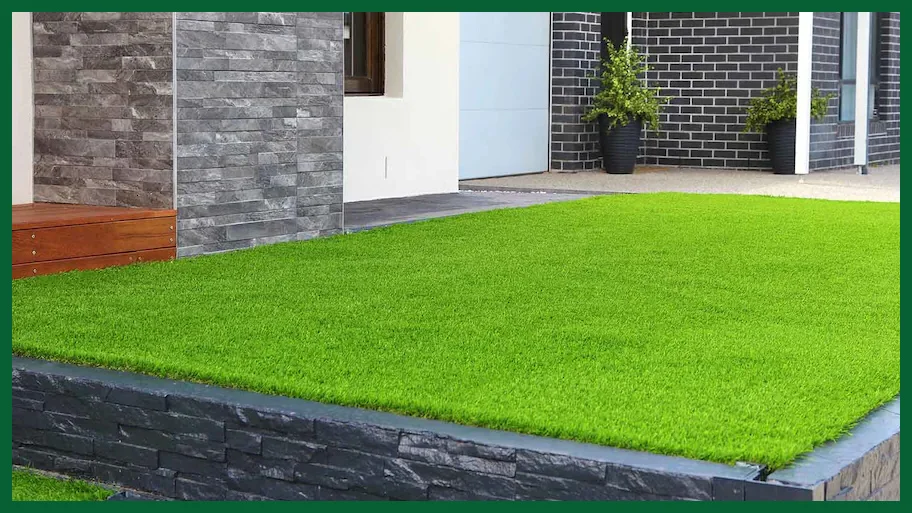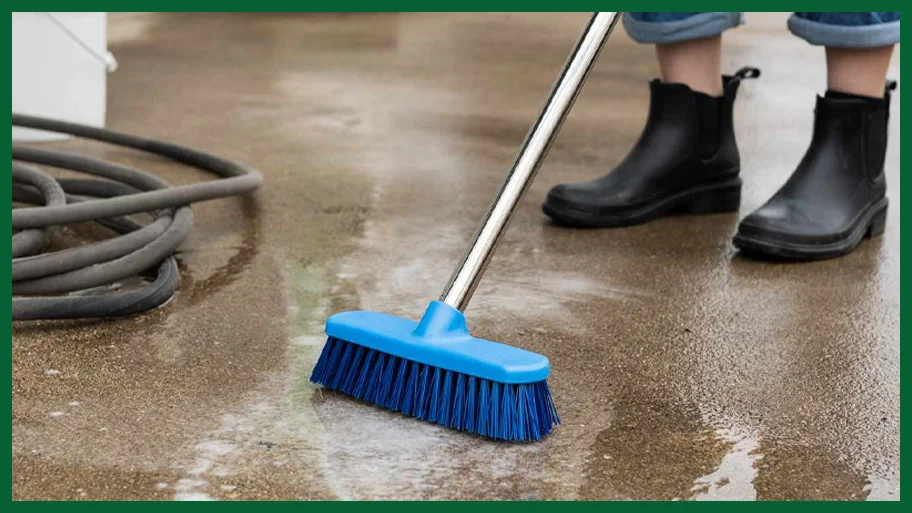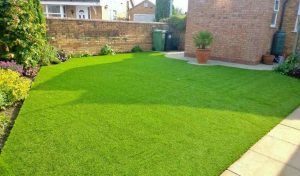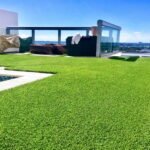Artificial grass has become a popular choice for many homes because it looks good and is easy to maintain. It works well on hard surfaces like decks, patios, rooftops, and concrete, turning plain or worn areas into pleasant and usable spaces.
Homeowners in Dubai who want a long-lasting, low-maintenance outdoor upgrade often prefer premium synthetic turf solutions that stay lush in all weather conditions. If you are planning a professional installation or exploring modern designs for balconies, patios, rooftops, or gardens, explore our premium Artificial Grass Dubai options crafted for comfort, durability, and natural aesthetics.
Steps To Install Artificial Grass On Concrete Surfaces
Concrete makes a solid base for laying artificial grass. You can use it to improve outdoor areas like backyards, patios, decks, rooftops, balconies, and more. In this guide, the installer explains easy steps for fitting artificial grass on concrete so it looks neat and lasts longer.
Grab All The Required Tools and Materials
It’s a great idea to get everything prepared before you initiate the installation procedure for synthetic turf. Aside from your purchased fake grass, the supplies and equipment you’ll require are listed here:
- A Stiff Cleaning Brush
- Self-Leveling Compound
- Hammer Drill and 16mm Bit
- Glue Or Quality Adhesive
- Artificial Grass Joining Tape
- A Stanley Knife
- Straight Edge Ruler
- 10mm Underlayment (For Concrete)
- Kiln or Silica Sand
- Infill Rubber Crumbs
- Power Brush
- Seaming Tape
Level and clean the concrete surface
When laying artificial grass on concrete floors, the first step is to prepare the surface. Check the floor for cracks, damage, or uneven spots, and level them if needed.
Clean the floor well to remove dirt, debris, weeds, and moss using a broom or stiff brush. Fill any cracks or damaged areas with a concrete patch and use a sander to make the surface even. Let the patched areas dry completely before continuing.
Ensure Proper Drainage System
Drainage is the most essential aspect to consider when installing artificial grass on concrete. This is because the still-standing water can cause the buildup of mildew, mold, moss, and a breeding place for insects and germs. For the water to flow in rainy weather conditions, it is necessary to create a proper spot for drainage.
The best way is to drill a hole with the help of gravel below the concrete floor. Create a grade or slope of at least ¼ per foot to drain away the water in the allocated direction. You can also opt for the solid interlocking drainage tiles that allow increased water movement through their designated way quickly, ensuring mud-free surfaces.
Install the foam underlayment
A shock pad or foam underlayment is mandatory, especially when working with hard concrete and tiled patio surfaces. The foam underlayment softens the impact of hard floors, creating the most sustainable surfaces to walk over. The padding or underlayment comes in rolls and mat forms that can be trimmed to size for individual space requirements.
Spread the glue on the overall concrete surface with an approximate width parameter of 4-6″ and 1/8″ thick. While paying great attention to the outside perimeter, glue down the foam over the cleaned and leveled concrete floors with adequate bonding. To prevent any shifting, set the glued padding to dry for a proper amount of time.
Trim Grass To Size And Install
After ensuring the glue is dry, it is time to incorporate artificial grass on the concrete surface. Unroll your fake turf over the area that needs to be covered. After covering all the edges and corners, you’ll need to cut the additional part to size to fit the dimensions. Use a sharp blade or utility knife for cutting purposes.
Mark the line for cutting and cut the extra part, keeping the straight-edge ruler side by side. After cutting, you will get a turf piece that aligns with your unique area dimensions. Apply a thick layer of adhesive or glue to the entire surface and lay down the grass.
Glue The Seams And Add Infill Materials
At this point, your artificial grass should be trimmed and laid neatly on the concrete surface. The next step is to secure the seams and edges using seam or joining tape. Make sure to pay attention to the corners, as they get the most foot traffic.
Finally, add infill, such as anti-microbial silica sand or kiln-dried sand. You can also use synthetic rubber crumbs for extra cushioning and stability. The infill helps keep the grass in place, supports the blades, and prevents ripples. Spread it evenly with a drop spreader and then brush it into the grass with a broom to give your lawn a clean, finished look.
To sum up!
Artificial grass on concrete is growing in popularity because it offers the ideal way to transform dull and weathered outdoor areas into visually pleasant and comfortable surfaces. This fake turf was introduced to be installed in gardens and landscapes; however, it can be installed on hard surfaces like concrete.
After grabbing all the required tools and materials, start by leveling and cleaning the concrete surfaces while ensuring an adequate drainage system for water flow. After that, lay down the foam underlayment on the concrete tiles for extra cushioning. Then cut the grass to the desired dimensions and glue the seams after installation. Lastly, add infill material and broom the surface for a clean look.










